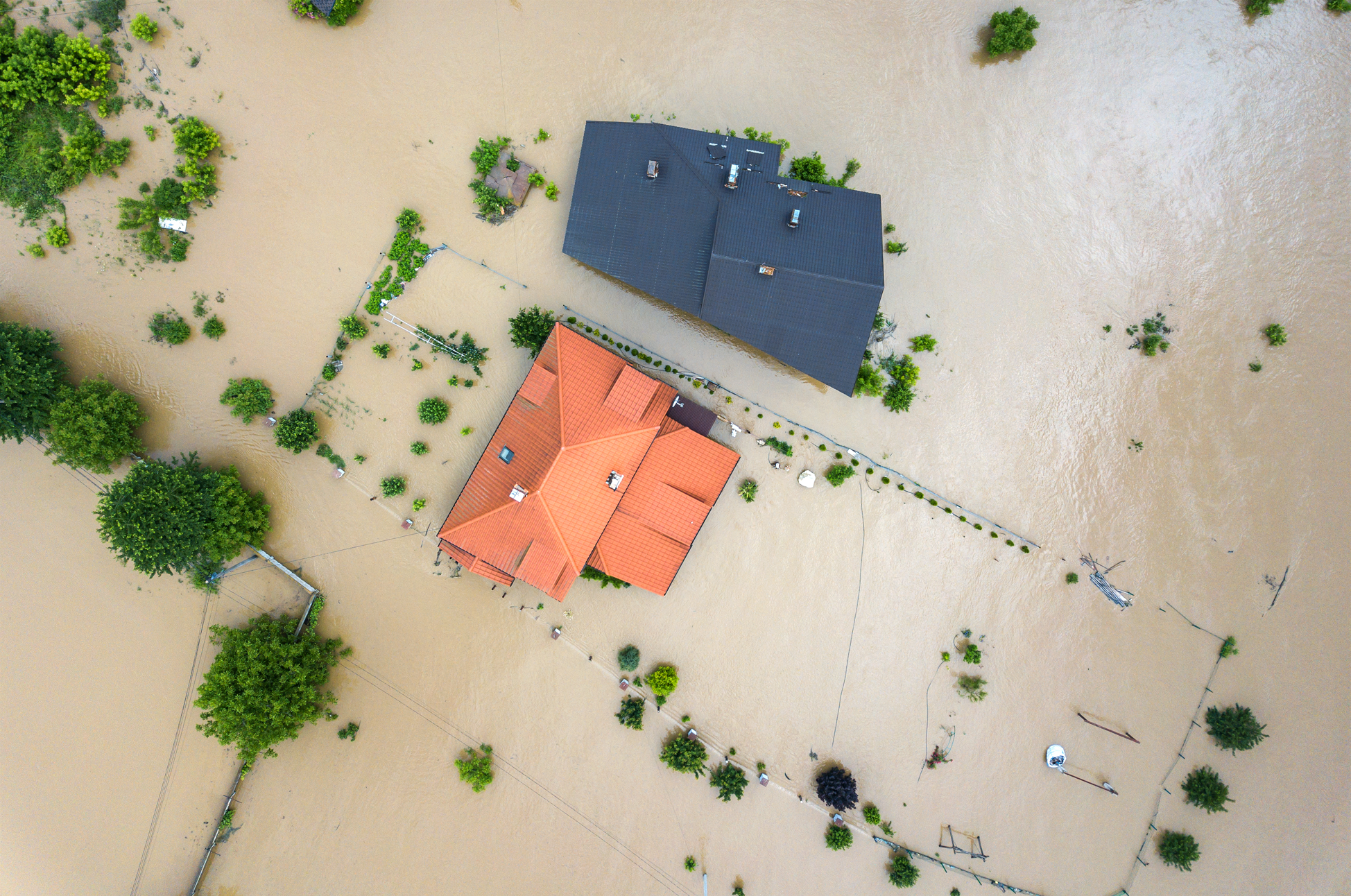
Atlantic hurricane season kicked off at the beginning of this month, and once again the National Oceanic and Atmospheric Administration (NOAA) is predicting “above normal” activity. Specifically, NOAA forecasts that up to 25 named storms will form in the Atlantic Basin between June 1 and November 30, with four to seven having the potential to become Category 3s or higher.
This spells trouble for the about 30 percent of Americans living in counties along the Atlantic coast. Over the past year, private insurance companies have begun pulling out of these threatened markets, leaving homeowners high and dry. As a result, customers are rushing to state-backed, public insurance plans.
Take Florida. A million residents recently joined Citizens Property Insurance, Florida’s state-backed insurance plan, ahead of this current Atlantic hurricane reason. This plan was set up as a last resort but now bears an unwieldy number of homes — 17 percent in 2023, up from four percent in 2019 — in the state.
In 2022, Florida was wracked by Hurricanes Ian and Nicole, leading to over a dozen insurance companies running from Florida’s residential property insurance market. Simultaneously, the Florida legislature passed bills in 2022 to steeply disincentivize insurance claims lawsuits, the volume of which was painted as “legal abuse” by insurance companies. As a result, rates have risen to quadruple the national average, over $6,000 in Florida compared to $1,700 on average nationwide.
Florida Governor Ron DeSantis has said that Citizens Property Insurance in its current state is not solvent. The plan of last resort will fail in the face of a particularly active hurricane season, anticipatorily relying on a bailout from the federal government. What is near-dystopian is the fact that similar stories pepper the nation, from Vermont to Louisiana to Minnesota to California.
This past week, Florida experienced a slew of storms, with almost a foot of rain falling in less than a day in some parts of the state. Major cities flooded; southern parts of the state experienced up to 20 inches of rain. And this is just the very beginning of hurricane season.
Earlier this year, Gov. DeSantis rejected Florida’s allocation from the Climate Pollution Reduction Grants Program, funded by the Inflation Reduction Act. The $3 million state allocation would have funded a statewide effort to develop a long-range plan to cut greenhouse gas emissions and develop climate action plans. However, Jacksonville and two multi-city alliances in Miami-Fort Lauderdale-Pompano Beach and Tampa-St. Petersburg-Clearwater submitted independent climate action plans, each receiving a million dollars in funding.
While Florida is decidedly a red state, its inhabitants are more likely than other Republican populations to be sensitive to climate issues, given that they feel the physical and economic effects of climate changes. A poll conducted in April by the Environmental Defense Fund found that 76 percent of Floridians surveyed — two-thirds of which were Republicans — were concerned about the state’s reliance on natural gas. A majority of Republicans polled also expressed concern about “the cost of increasing storm severity due to climate change.”
Individual Floridians are for climate action to protect their homes. Floridian cities are for climate action to develop their plans to keep their populations safe long-term. Solid, supportive federal- and state-level funding for climate resilience is necessary in Florida and other climate change-impacted ecosystems so that communities are not displaced and homes can stay protected nationwide.



